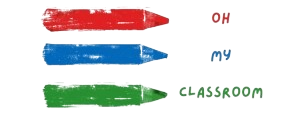By teaching preschoolers to differentiate between big and small, they can learn to categorize objects and understand spatial relationships.
Plus, it’s a fun and engaging way to introduce them to mathematical concepts like measurement and comparison.
In this blog post, we’ll share some exciting and creative big and small activities for preschool kids develop their understanding of size.
These activities will encourage children to think critically, problem-solve, and engage their senses while having fun. Let’s get started!
Alphabet Scavenger Hunt
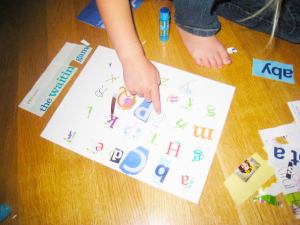
Teaching the alphabet to preschool students can be a challenge, but making it a fun and interactive activity can make all the difference. An Alphabet Scavenger Hunt is an engaging way to help students learn their letters. Hide different letters around the classroom or outside and have students find them. Once they have found all the letters, have them put them in order and sing the alphabet song together.
Name Writing Practice
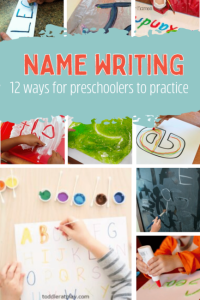
Learning how to write their name is an essential skill for preschool students. Make name-writing practice fun by using different materials such as playdough, sand, or shaving cream. Students can practice tracing their names, writing it with their fingers, or using a pencil.
Related: 20 Engaging Literacy Activities for Preschoolers
Yoga for Kids

Yoga is an excellent activity for promoting physical development and relaxation. You can find numerous yoga videos online that are designed specifically for children. Lead your students through a yoga session, encouraging them to take deep breaths and move their bodies in different ways.
Counting Games
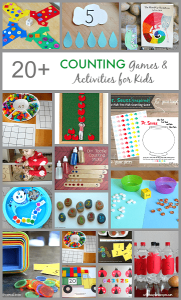
Teaching numbers and counting can be fun with different games. Use different materials such as blocks, toys, or beads to have students count and sort them. You can also play games such as “I Spy” where students have to count how many objects they see.
Related: 20 Fine Motor Skills Activities for Preschoolers
Show and Tell

Show and Tell is an excellent way to promote social development and encourage students to share their interests and experiences with their peers. Choose a different theme each week, such as favorite toys or something that makes them happy, and have students bring in something to share.
Sensory Bins

Sensory bins are a great way to promote cognitive development and engage students in hands-on learning. Fill a bin with materials such as rice, beans, or water beads and add different objects for students to explore. Encourage them to use their senses to touch, smell, and hear the different materials.
Related: 25 Sensory Table Activities for 1-2 year Olds
Dramatic Play

Dramatic play is a fun way to promote social and emotional development. Set up a play area with costumes and props, such as a kitchen or doctor’s office, and encourage students to use their imaginations and act out different scenarios.
Related: Examples of Dramatic Play for Preschoolers
Nature Walks

Going on nature walks is an excellent way to promote physical development and connect students with the environment. You can also have them collect items such as leaves or rocks and use them in future classroom activities.
Music and Movement

Music and movement are a great way to promote physical development and encourage students to use their bodies in different ways. Play different types of music and encourage students to dance and move along with the beat.
Storytime

Reading aloud to students is an excellent way to promote cognitive and emotional development. Choose age-appropriate books with colorful illustrations and engaging stories. Encourage students to ask questions and make connections with the story.
Shape Sorting

Teaching shapes to preschool students is essential for their cognitive development. Use different materials such as blocks or shape cutouts and have students sort them by shape. You can also have them create their own shapes using playdough or other materials.
Cooking and Baking

Cooking and baking are great activities for promoting social and emotional development. Choose age-appropriate recipes and have students help measure and mix ingredients. Encourage them to work together and share their creations with their classmates.
Science Experiments

Science experiments are a fun way to promote cognitive development and encourage students to explore the world around them. Choose simple experiments, such as mixing colors or making slime, and encourage students to ask questions and make observations.
Puzzles and Games

Puzzles and games are excellent activities for promoting cognitive development and improving problem-solving skills. Choose age-appropriate puzzles and games and encourage students to work together and take turns.
Building Blocks
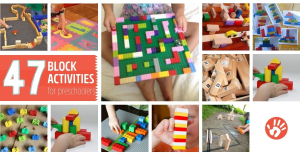
Building blocks are a classic activity for preschool students that promote cognitive and physical development. Provide different types of blocks and encourage students to build structures and use their imaginations.
Water Play

Water play is a fun way to promote physical development and sensory exploration. Provide different materials such as cups, buckets, and sponges, and encourage students to splash and play.
Art Projects
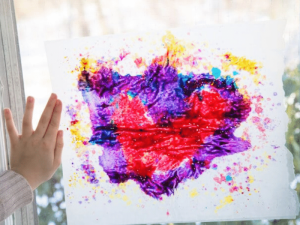
Art projects are an excellent way to promote creativity and emotional development. Provide different materials such as paint, crayons, and markers, and encourage students to create their own artwork and express their feelings.
Related: 20 Polar Bear Art & Craft for Preschoolers
Outdoor Games

Outdoor games are a fun way to promote physical development and encourage students to play together. Choose age-appropriate games, such as tag or duck duck goose, and encourage students to take turns and work together.
Puppet Shows

Puppet shows are a fun way to promote creativity and social development. Provide different types of puppets and encourage students to create their own shows and act out different scenarios.
Letter and Sound Recognition Games
Teaching letter and sound recognition to preschool students is essential for their cognitive development. Use different materials such as flashcards or letter blocks and have students match letters to sounds or create simple words.
